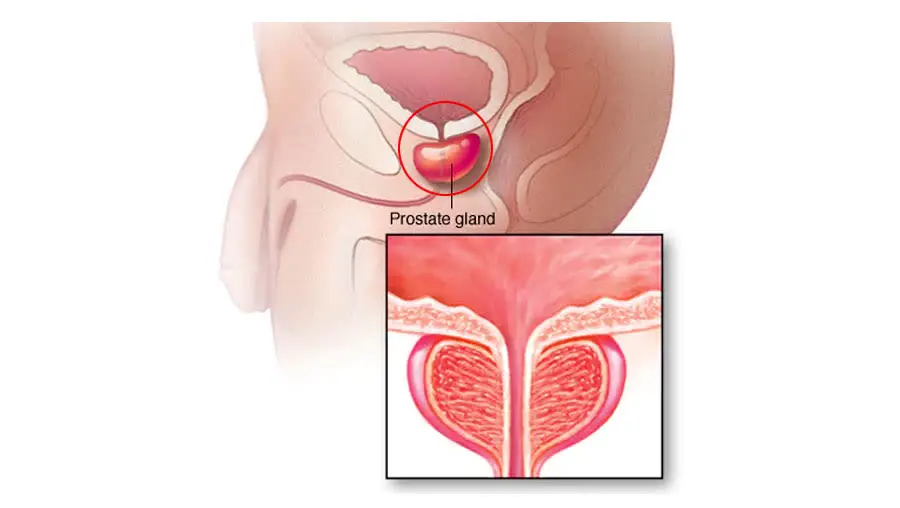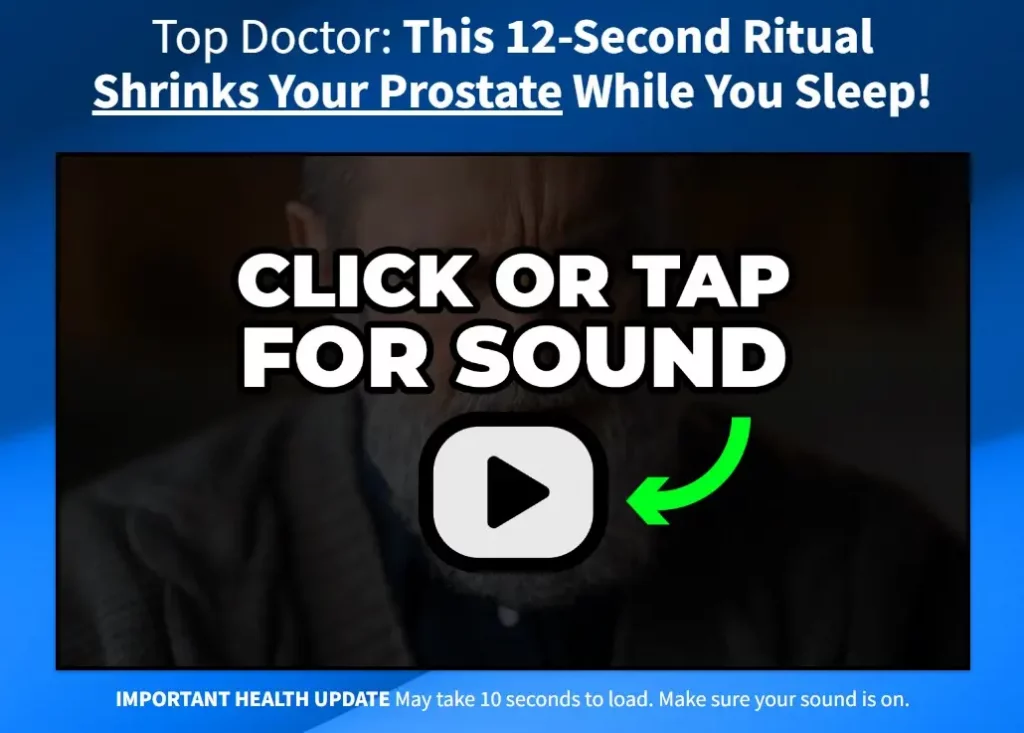Enlarged prostate treatment, clinically known as benign prostatic hyperplasia (BPH), is a prevalent condition that affects a significant number of men as they age. We understand the importance of providing comprehensive information on this topic to help you make informed decisions about your health. In this article, we will delve into the causes, symptoms, and a range of treatment options available for an enlarged prostate, all aimed at improving your quality of life.
Table of Contents
What is Enlarged Prostate (BPH)?

Enlarged prostate, or BPH, is a non-cancerous condition characterized by the enlargement of the prostate gland, a walnut-sized gland located just below the bladder. As men age, the prostate can gradually grow larger, squeezing the urethra and causing various urinary symptoms. While BPH is a common occurrence among older men, it is essential to recognize its signs and explore effective treatment strategies.
Common Symptoms of Enlarged Prostate
Recognizing the symptoms of an enlarged prostate is the first step toward seeking appropriate enlarged prostate treatment. These symptoms can include:
- Frequent Urination: An enlarged prostate can obstruct the flow of urine, leading to increased urgency and frequency of urination.
- Weak Urine Stream: Men with BPH may experience a weakened or interrupted urine stream due to the obstruction caused by the enlarged gland.
- Difficulty Starting and Stopping Urination: BPH can make it challenging to initiate and halt urination, often resulting in incomplete emptying of the bladder.
- Nocturia: Frequent nighttime urination can disrupt your sleep patterns and affect your overall well-being.
- Urinary Retention: In severe cases, BPH can lead to urinary retention, where the bladder is unable to empty completely.
Causes of Enlarged Prostate
Understanding the underlying causes of BPH can help in its management. While the exact cause is not fully understood, several factors are believed to contribute to the development of an enlarged prostate:
- Age: Aging is the primary risk factor for BPH. As men get older, the likelihood of prostate enlargement increases.
- Hormonal Changes: Changes in hormone levels, particularly an increase in dihydrotestosterone (DHT), are associated with prostate growth.
- Family History: If you have a family history of BPH, your risk of developing the condition may be higher.
Effective Enlarged Prostate Treatment Options
When it comes to treating an enlarged prostate, there is a range of options available, depending on the severity of your symptoms and overall health. At [Your Company Name], we aim to provide information on various treatment modalities, helping you make informed decisions in consultation with your healthcare provider.
1. Watchful Waiting
For individuals with mild symptoms, a “watchful waiting” approach may be recommended. This involves regular monitoring of your condition to determine if it worsens over time. Lifestyle changes, such as reducing caffeine and alcohol intake, may also be suggested.
2. Medications

Several medications can help alleviate the symptoms of BPH, including:
- Alpha-Blockers: These medications relax the muscles around the prostate and bladder, improving urine flow.
- 5-Alpha Reductase Inhibitors: These drugs reduce the size of the prostate gland by inhibiting the production of DHT.
- Combination Therapy: In some cases, a combination of alpha-blockers and 5-alpha reductase inhibitors may be prescribed for better symptom control.
- Watch This Video For Better Medications
3. Minimally Invasive Procedures
When medication alone is insufficient, minimally invasive procedures may be considered:
- Transurethral Resection of the Prostate (TURP): During TURP, a surgeon removes excess prostate tissue to improve urine flow.
- Laser Therapy: Various laser techniques can be used to vaporize or remove prostate tissue, offering relief from BPH symptoms.
4. Surgical Options
In cases of severe BPH, surgical intervention may be necessary:
- Open Prostatectomy: This traditional surgical approach involves removing the enlarged prostate tissue, typically used for exceptionally large prostates.
- Transurethral Incision of the Prostate (TUIP): During TUIP, small incisions are made in the prostate to reduce obstruction.
Conclusion
Enlarged prostate Treatment, or BPH, is a common condition that can significantly impact a man’s quality of life. Recognizing the symptoms and understanding the available treatment options are crucial steps in managing this condition effectively. At [Your Company Name], we are committed to providing you with accurate and comprehensive information to help you make informed decisions about your health. If you are experiencing symptoms of an enlarged prostate, we encourage you to consult with a healthcare professional who can guide you through the most suitable treatment options for your unique situation.
Remember that early detection and proactive management are key to minimizing the impact of an enlarged prostate on your daily life. Don’t hesitate to seek medical advice and explore the treatment options that can lead to a healthier and more comfortable future.
